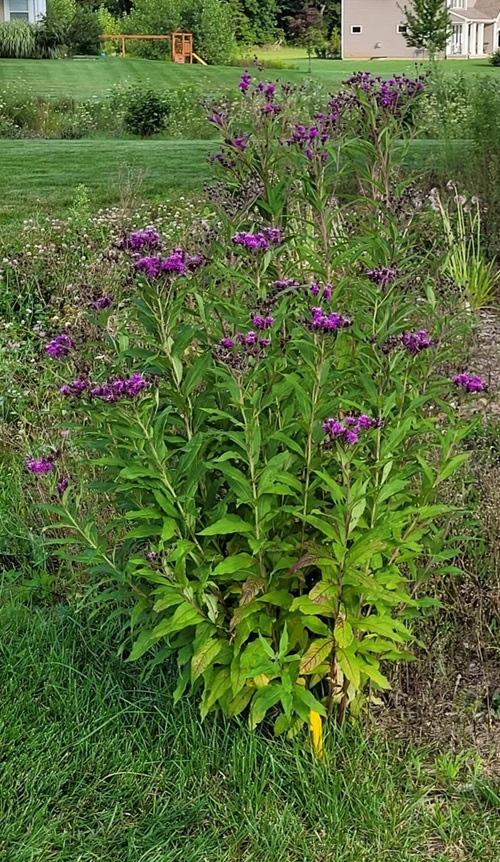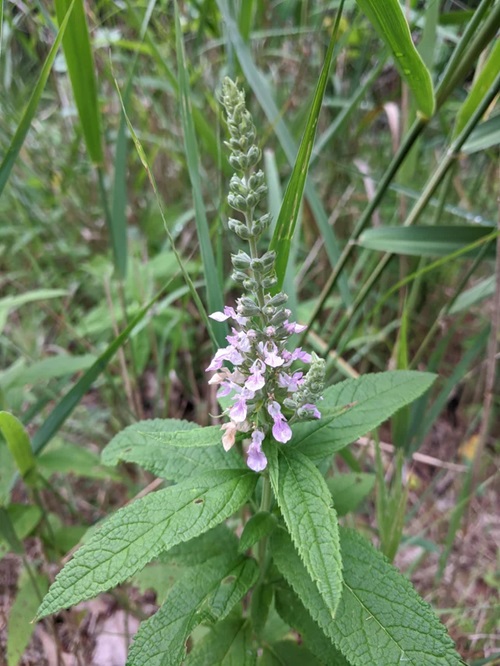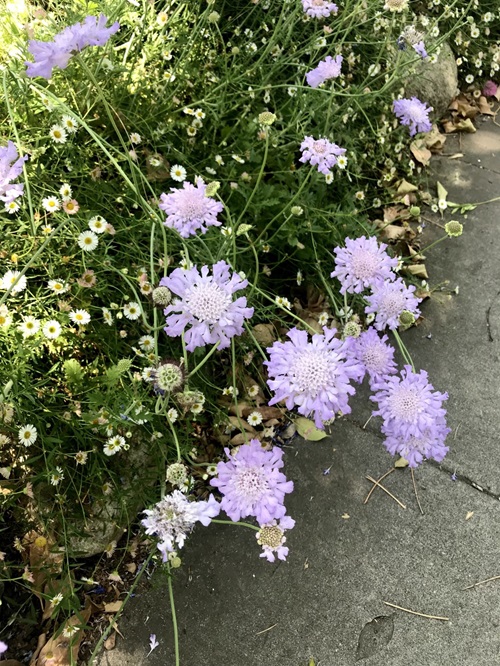Do not eliminate these common Purple Flower Weeds in Grass the next time you spot them! They can be a beautiful addition if maintained well!
Purple Flower Weeds in Grass are a common sight in many lawns, but they are far more than just unwelcome intruders. These vibrant invaders, often mistaken for mere nuisances, can transform the view of your lawn!
Common Purple Flower Weeds in Grass
1. Purple Deadnettle

Botanical Name: Lamium purpureum
Habitat: Widespread in lawns and disturbed areas.
Purple Deadnettle’s flowers boast a soft, lilac to deep purple hue amidst triangular, green leaves. Its delicate blossoms form dense whorls around the square stems.
2. Henbit

Botanical Name: Lamium amplexicaule
Habitat: Common in gardens and along roadsides.
Henbit displays vibrant, tubular purple flowers that emerge in clusters, encircling its stem. The petals, slightly darker at the edges, create an eye-catching ombré effect.
3. Red Clover

Botanical Name: Trifolium pratense
Habitat: Lawns, fields, and meadows.
Red Clover can also exhibit a purplish hue. Its spherical flower heads have numerous tiny, purple-tinged florets that sit atop medium-green, trifoliate leaves.
4. Wild Violet

Botanical Name: Viola spp
Habitat: Shady, moist areas in lawns and woodlands.
Wild Violet has deep purple, heart-like petals with delicate white accents. Growing low to the ground, these flowers create a lush carpet of color in early spring.
5. Self-Heal

Botanical Name: Prunella vulgaris
Habitat: Lawns, meadows, and open woodlands.
Self-Heal’s purple flowers are compact and grouped in dense, spike-like clusters. The blooms range from light lavender to deep violet, contrasting beautifully with green leaves.
6. Canadian Thistle
Botanical Name: Cirsium arvense
Habitat: Disturbed areas, fields, and roadsides.
This weed’s beauty lies in its small lavender-purple flowers, which form clustered heads atop spiny stems. The flowers’ delicate appearance belies the plant’s invasive nature.
7. Ironweed

Botanical Name: Vernonia spp.
Habitat: Prairies, meadows, and open areas.
Ironweed boasts tall, slender stems with bright, deep purple, tuft-like flower clusters. Each tiny, fluffy flower contributes to a larger, visually striking display.
8. American Germander

Botanical Name: Teucrium canadense
Habitat: Commonly found in moist areas, along streams, and in wet meadows.
American Germander features small lavender to rosy-purple flowers. Coming in spikes, these blossoms contrast with the plant’s toothed, lanceolate leaves.
9. Knapweed

Botanical Name: Centaurea spp.
Habitat: Often found in dry fields, roadsides, and disturbed areas.
The beauty of this plant is in its thistle-like, purple flowers with fringed petals, which create a starburst effect. The blooms match perfectly with its gray-green leaves.
10. Spotted Knapweed
Botanical Name: Centaurea stoebe
Habitat: Thrives in open, often sandy or rocky soils and is commonly found in fields and along roadsides.
This variant of Knapweed has distinct, vibrant purple flowers with dark, spotted bracts at the base, creating a striking visual.
11. Purple Loosestrife

Botanical Name: Lythrum salicaria
Habitat: Predominantly grows in wetlands, along streams, and in marshy areas.
Each spike of this weed has small, star-like purple blooms, offering a lush, vibrant display against its lance leaves.
12. Field Scabious

Botanical Name: Knautia arvensis
Habitat: Common in grasslands, meadows, and sometimes in open woodlands.
Field Scabious presents pale lavender to deep purple, pincushion-like flowers atop long, slender stems. The frilly petals and soft, gray-green foliage make it a must-have in yards!









